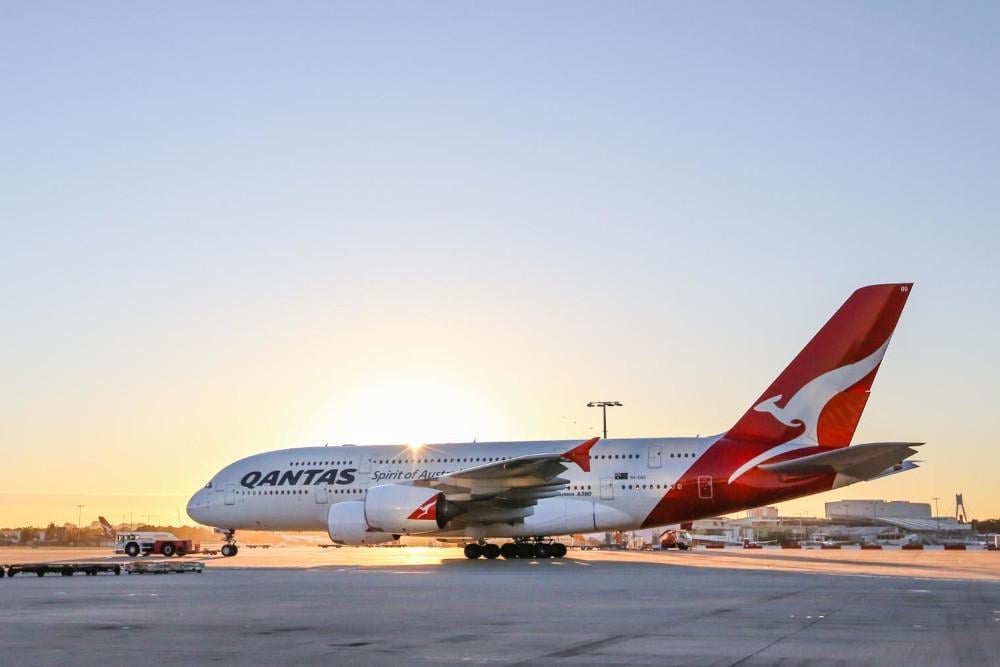
Aviation Week’s MRO Australasia conference, which took place in the sunny climes of Brisbane last week, shed light on some of Australia’s growth opportunities and challenges in the commercial aftermarket.
Last week’s trip down under gave me a firsthand insight into the rather unique landscape of Australia’s aviation industry. The country’s geographical remoteness has long presented logistical and supply chain challenges, with one speaker remarking how in Europe or North America, an airline can get a part ordered, dispatched and received from a supplier in 12 hours, while in Australia, it’ll take nearly the same time for the flight carrying the part to get to its destination—and that's only if it's an Asia-Pacific-based supplier.
These longstanding challenges have been further compounded by the industry’s supply-chain sluggishness since COVID-19, which Australia hasn’t been immune from. Other intriguing factors are the fact that two airlines dominate the commercial passenger landscape, there are relatively few MROs with much of the country’s heavy maintenance sent overseas and talent is hard to source in a country nearly as big as Europe but with a population of under 27 million people.
Our location in Queensland was fitting given the relatively high density of commercial MRO activity that takes place in the state. Qantas, Australia’s largest airline by fleet size, conducts its main base maintenance operation in Brisbane. Viv de Beus, head of base maintenance at Qantas Engineering, says the flag carrier still sends “a lot” of heavy maintenance offshore but is looking at ways to redce that.
Meanwhile, Virgin Australia, the country's second biggest carrier and along with Qantas part of what many consider to be an airline duopoly, also has maintenance operation at the city’s airport. On the topic of parts shortages that have dogged airlines for several years, Afrooz Ahmadi, Components and Purchasing Leader at Virgin Australia, says it has adjusted its procurement strategy in recent years, including being more open to PMA parts as a means of lessening reliance on OEMs.
A perceived technology gap was also highlighted by industry figures, which has resulted in blunting Australia’s competitive edge while impacting operational efficiencies and even how it recruits and develops technical talent. Positively, several speakers are seeing a cultural shift among MROs while the country’s Civil Aviation Safety Authority regulator is working on legislation while aligning standards with other regulators to bridge the gap.
Earlier this week I detailed some of the main takeaways from the event in the form of a round-up gallery.





